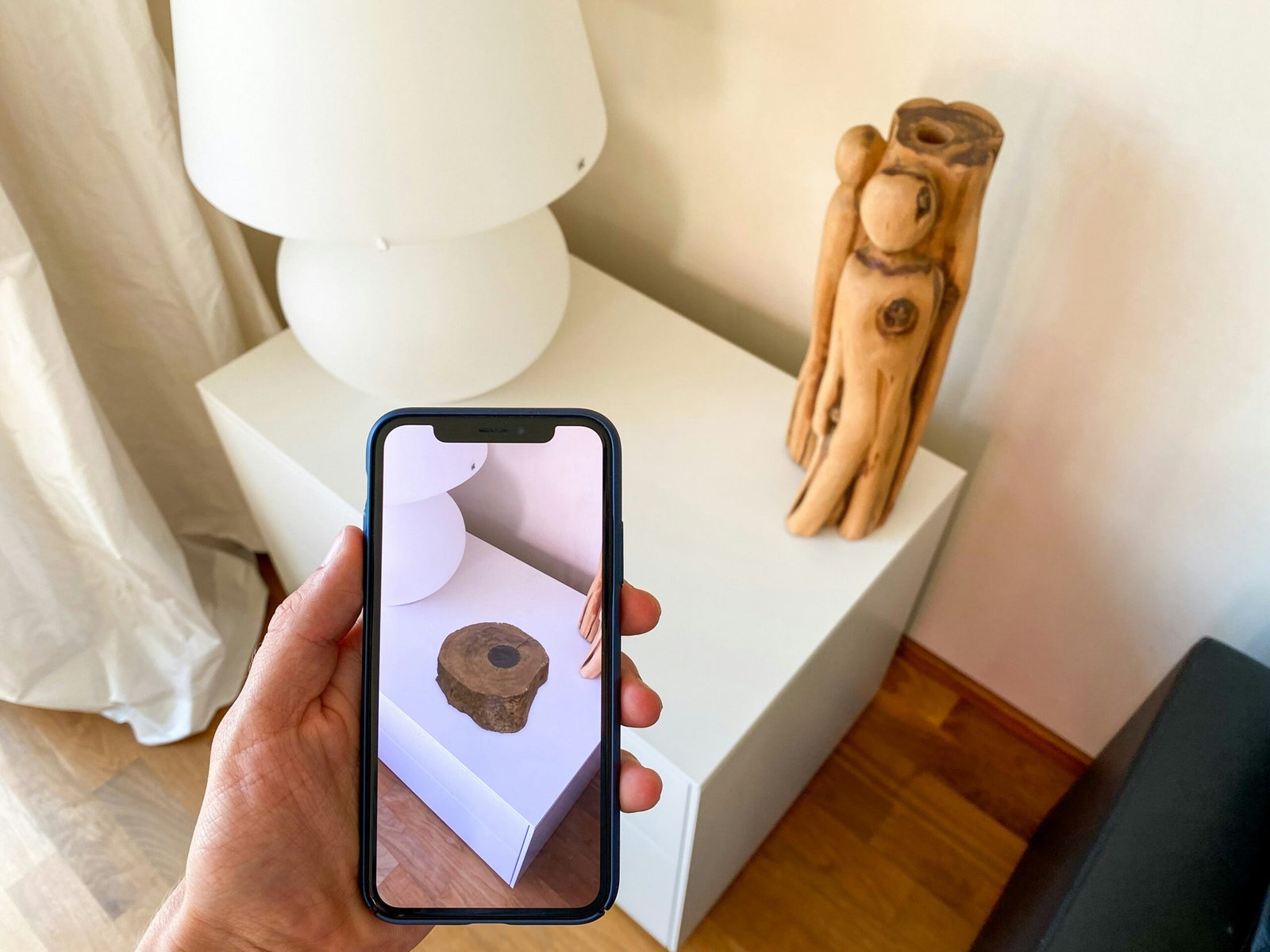Introduction
Augmented Reality (AR) has revolutionized the way we interact with digital content by overlaying virtual elements onto the real world. With the rise of spatial computing, the user interface (UI) and user experience (UX) designs for AR applications have become crucial in creating immersive and intuitive experiences. In this article, we will explore the key considerations and best practices for designing UI/UX for AR applications.
Understanding Spatial Computing
Spatial computing refers to the use of digital technologies to create interactive experiences that blend the physical and virtual worlds. AR applications leverage spatial computing to enhance the user’s perception of reality by overlaying virtual objects onto the real world. This technology has opened up new possibilities for UI/UX designers to create innovative and engaging experiences.
Designing for Immersion
One of the primary goals of UI/UX design for AR applications is to create a sense of immersion for the user. This involves designing interfaces that seamlessly integrate virtual elements with the real world. To achieve this, designers should focus on:
- Optimizing visual elements to match the real-world environment
- Ensuring smooth transitions between virtual and real objects
- Using intuitive gestures and interactions to manipulate virtual elements
Contextual Awareness
AR applications have the unique ability to understand the user’s context and adapt the UI accordingly. Designers can leverage this contextual awareness to provide personalized and relevant experiences. For example, an AR navigation app can dynamically adjust the UI based on the user’s location and surroundings. By considering the user’s context, designers can create interfaces that feel natural and intuitive.
Optimizing User Interactions
AR applications rely heavily on user interactions to manipulate virtual objects and navigate the interface. Designers should focus on creating intuitive and efficient interaction patterns that minimize cognitive load. Some best practices for optimizing user interactions in AR include:
- Using natural gestures, such as pinch-to-zoom or swipe, to manipulate virtual objects
- Providing visual cues and feedback to guide the user’s interactions
- Minimizing the number of steps required to perform common actions
Visual Hierarchy and Clarity
With the overlay of virtual elements onto the real world, maintaining visual hierarchy and clarity becomes crucial. Designers should ensure that important information is easily distinguishable from the background and that the UI elements do not obstruct the user’s view. Clear typography, appropriate color contrast, and effective use of depth cues can help create a visually appealing and easy-to-understand interface.
Performance and Optimization
AR applications require a high level of performance to provide a seamless and immersive experience. Designers should consider the limitations of the hardware and optimize the UI/UX design accordingly. This includes minimizing the use of complex animations, optimizing the rendering of virtual objects, and ensuring smooth transitions between different AR experiences.
User Testing and Iteration
As with any UI/UX design process, user testing and iteration are essential for creating successful AR applications. Designers should involve users in the design process to gather feedback and insights. By observing how users interact with the AR interface, designers can identify pain points and make iterative improvements to enhance the overall user experience.
Conclusion
The field of spatial computing and AR has opened up new possibilities for UI/UX designers. By considering the principles of immersion, contextual awareness, optimized interactions, visual hierarchy, performance, and user testing, designers can create AR applications that provide engaging and intuitive experiences. As technology continues to advance, the role of UI/UX design in shaping spatial computing experiences will only become more critical.











Leave a Reply